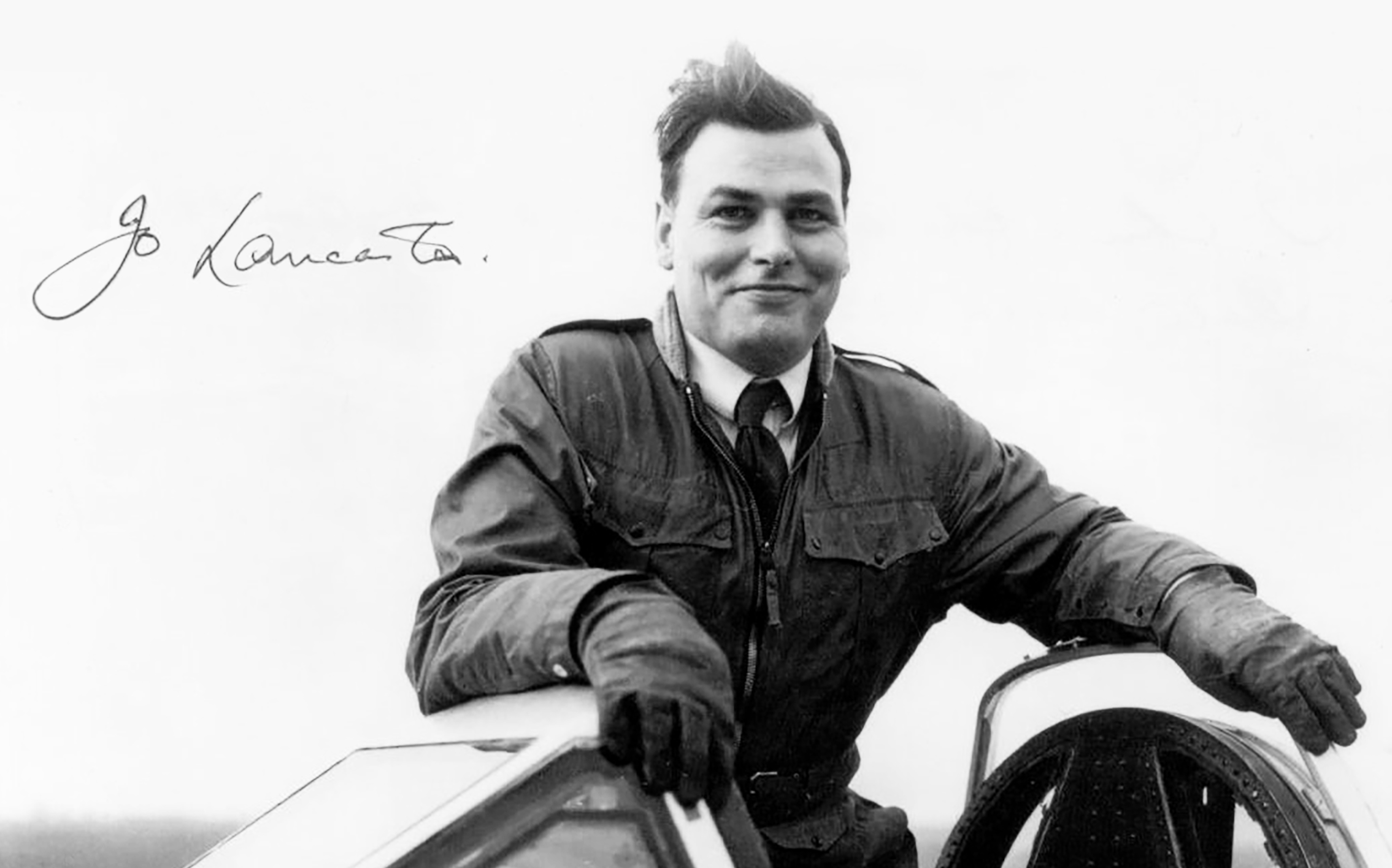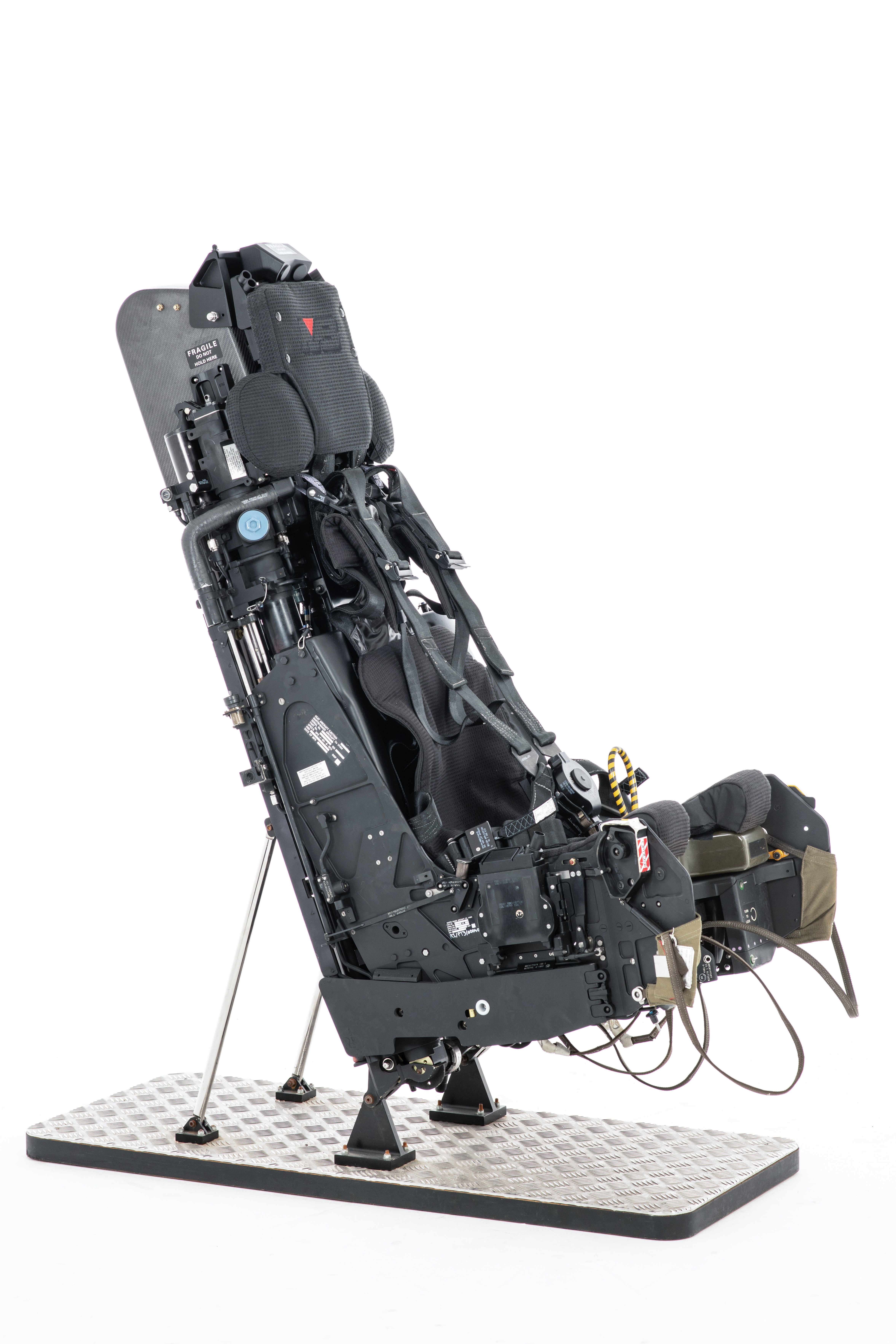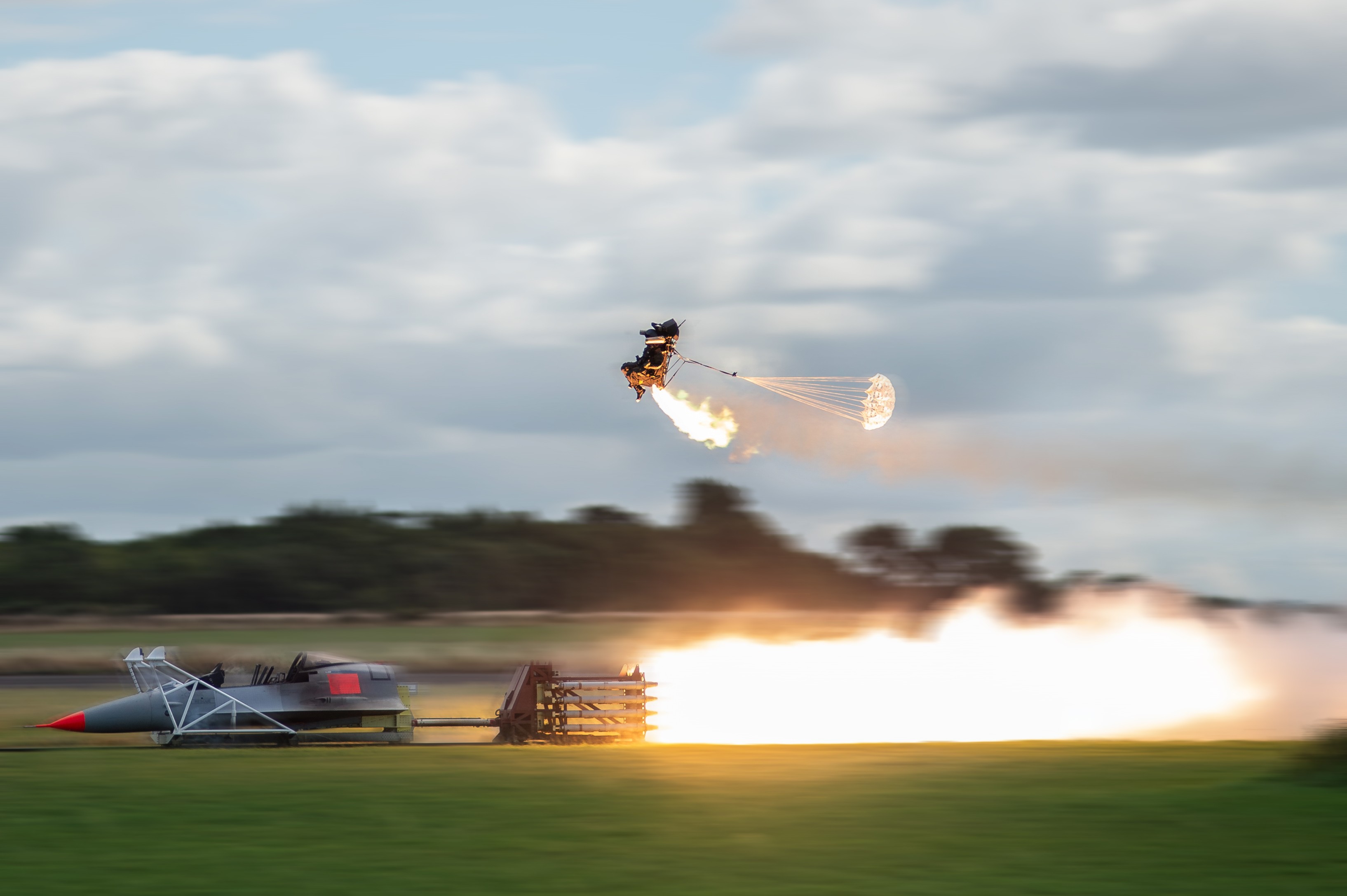It was 75 years ago — 30th May 1949 to be precise — when Jo Lancaster flying an Armstrong Whitworth AW52 aircraft over Southam, Warwickshire, in the UK encountered trouble. With his options running out, Lancaster decided to eject. In doing so, he became the first in-service pilot to eject from his aircraft using a Martin-Baker-designed seat. He not only survived but not long after Jo returned to flying.

From that day, Martin-Baker has saved the lives of more than 7,700 aircrew members. The company name has become synonymous with one product — the brand stands for engineering excellence and safety.
In the Western world, this family-run business is one of only two manufacturers supplying the armed forces of countless nations. Headquartered in Denham, Buckinghamshire, the company works with 106 operators in 81 countries on more than 70 aircraft types. Today, there are 16,000-plus Martin-Baker seats in active service.
So, what has made Martin-Baker so successful?
“It’s because we are, in essence, a test-based company, constantly investing in solving the next problem,” says Steve Roberts, Head of Business Development for Martin-Baker.
“Our team of 1,400 employees, predominantly engineers, is always eager to develop the next solution, constantly developing and refining our products. From the Mark One seat of 1945, we have advanced to testing the Mark 18 seat for new aircraft and the GCAP next-generation weapons system. We’re competing with a US rival, so we continually innovate, enhancing our seat's features. Our motto is 'Evolutionary, not Revolutionary.'"
With a turnover of £400 million, most of which comes from export contracts, Martin-Baker has regularly received the Queen's Award for Export.
There’s also a strong sense of purpose — Martin-Baker is in the life-saving business.
There’s a ticker on our website that shows how many people we've saved. It stands at 7,727
“There’s a ticker on our website that shows how many people we've saved,” says Steve. It stands at 7,727 at the time of going to press. “We often invite the ejectees back to Denham and introduce them to the men and women who have made the seats. Our colleagues love to meet them and hear their stories.
“We recently met a former chief, who told us ‘You didn't just save my life, you saved my son's life, my grandchildren's life too’ — because if he had not survived, they would never have been born.
“Our team at Martin-Baker knows how important the job is. We build 50 seats a month and we know that one seat in 11 that goes out of the door gets used.”
That’s a sobering thought.
It means that at Denham the Martin-Baker production team takes great care with each seat they make. There is an incredibly high level of scrutiny in every part of the process.
“We say ‘This is the equipment that has to work when the airplane isn't’”, says Steve. “There is an independent inspection for every task. For each seat we have developed an inspection process that we can replicate. Every component has 100% inspection. That's quite unusual on a production line but that’s our standard because this is safety-critical equipment.”
Martin-Baker and Eurofighter
The Martin-Baker has been the seat of choice for the Eurofighter Typhoon since the birth of the programme in 1988.
“The European Fighter Programme wanted a super lightweight seat, but high performance super lightweight, super cheap, but still with the highest ejection performance — there were a lot of competing requirements. There often are!” says Steve.

The company was developing a new prototype seat to meet the latest physiological requirements and, as work on the original Typhoon got underway, so too did work on the seat. As ever at Martin-Baker, a new product, meant lots of testing.
Typhoon presented the company with several new challenges, some because of its new capabilities and wide operating envelope. The spec also stated that the seat had to accommodate a wider range of pilots, in terms of height and weight. In addition, it had to be compatible with new equipment like the Helmet Mounted Display, Chemical and Biological protection units, and general aircrew equipment.
In 1990, Martin-Baker decided on a radical departure from all their previous seats — moving from a single ejection gun to a twin ejection gun. This helped reduce the seat weight and meant they could meet new physiological requirements designed to reduce the risk of injury.
The twin ejection gun also allowed designers to package more equipment onto the seat and ensure that it was better integrated into the Typhoon cockpit.
The flight of Eurofighter DA1 occurred at DASA (now Airbus) in Manching on 27 March 1994. Peter Weger, the company’s chief test pilot, made the historic flight in the prototype aircraft in the new Mk 16A flight development seat.
Between 1992 and 2008, the company conducted a total of 69 ejection tests. It updated the development seat to the production configuration for the test Typhoon IPA1 in 2008, and the seat has remained the same ever since.
Over the time it has been in service, there have been four successful ejections from Typhoon. Says Steve: “That’s an incredibly low number when you consider how many thousands of flight hours Typhoons have clocked up. It’s partly a result of the highly reliable engines.”
At the ILA Airshow in Berlin, the company displayed its newest seat — the Mk16 NXG. This is designed for the next-generation Eurofighter, with particular changes in the cockpit, most notably the arrival of the new Helmet Mounted Display for Typhoon.
“We've now integrated airbags and different electronics into the seat. The airbags we've had to develop inflate much more quickly than the airbags we’ve grown used to in cars. And you need all of that to protect the pilot because you're now ejecting with a new helmet.”
Born of Tragedy
Martin-Baker started life in 1934 as an aircraft manufacturer. It was the brainchild of Northern Ireland engineer James Martin and famous World War One pilot Valentine Baker, who produced their first tourer the MB1 in 1934.
Sadly, Captain Baker died in a crash while testing the MB3 prototype in 1942. Forced to make an emergency landing, his wing tip hit a tree stump, and the aircraft cartwheeled.
His friend and partner’s death had a lasting effect on Sir James. From that day and the Ministry request to study ejection seats, he dedicated his life to pilot safety
Steve Roberts says: “His friend and partner’s death had a lasting effect on Sir James. From that day and the Ministry request to study ejection seats, he dedicated his life to pilot safety.”
The history of ejection seat development dates back to this period. Post D-Day in 1944, papers discovered by the Allies revealed that both the Germans and Swedes (independent of one another) had been dedicating research and development on ejection seats to help their pilots. Documents revealed that they had carried out 60 live ejections in combat. The design papers were then shared by 24 US aviation companies and just two in the UK. Martin-Baker was one of those two. The company still has some of this German research in its offices.
Within months, Martin-Baker was embarking on a test programme. Special mention here goes to employee, Bernard Lynch.
Lynch carried out the first static ejection up a specially built tower on 24th January 1945. The first rig was made up of a 4.8m-high metal tripod and had a pair of seat guide rails fitted to one of the legs. The seat was driven by telescopic tubes energised by an explosive cartridge. On the first test, Bernard was shot 4ft 8in into the air.
On 24th July 1946 he volunteered for the first mid-flight test ejection. He ejected from the rear cockpit of a specially modified Meteor 3 at 320 mph and 8000 ft in the air. Lynch made a perfect landing. The intrepid pioneer subsequently made 16 further test ejections!
Time of the Essence
Bernard Lynch would know better than most that if you have to eject, then time is crucial. The ejection handle is now located between the pilot’s knees. Pulling it triggers a complex sequence.
Says Steve: “From pulling the handle, it takes something like 0.3 seconds to jettison the canopy. The rear seat is out of the cockpit 0.15 seconds later, the parachute is deployed 0.5 later, and 1.5 seconds after that, it's fully inflated.

“From being stationary on the ground, the whole sequence from pulling the handle to coming down on the parachute might be eight seconds — altitude makes a difference.”
Of course, the holy grail is to reduce injury down to a minimum and save as many lives as possible.
“The appetite for accepting ejection injury risk has come down appreciably since 1945. Initially, managing to save somebody’s life was viewed as a good result. Now the target is 5% injury risk per ejection.”
And all the while the size of pilots that Martin-Baker is protecting is changing too. Since 1944 we've grown taller, wider, both lighter and heavier. The company has had to accommodate this and expand the range of the ejection seat’s effectiveness. The seats are now gender neutral as the range has been expanded to ensure it was suitable for a 47.6-kilo female at one end of the scale and a 111-kilo male at the other.
It’s a perfect example of the Martin-Baker ethos: evolution, not revolution. A spirit that keeps them at the top of their game and ensures that pilots are as safe as humanely possible.
